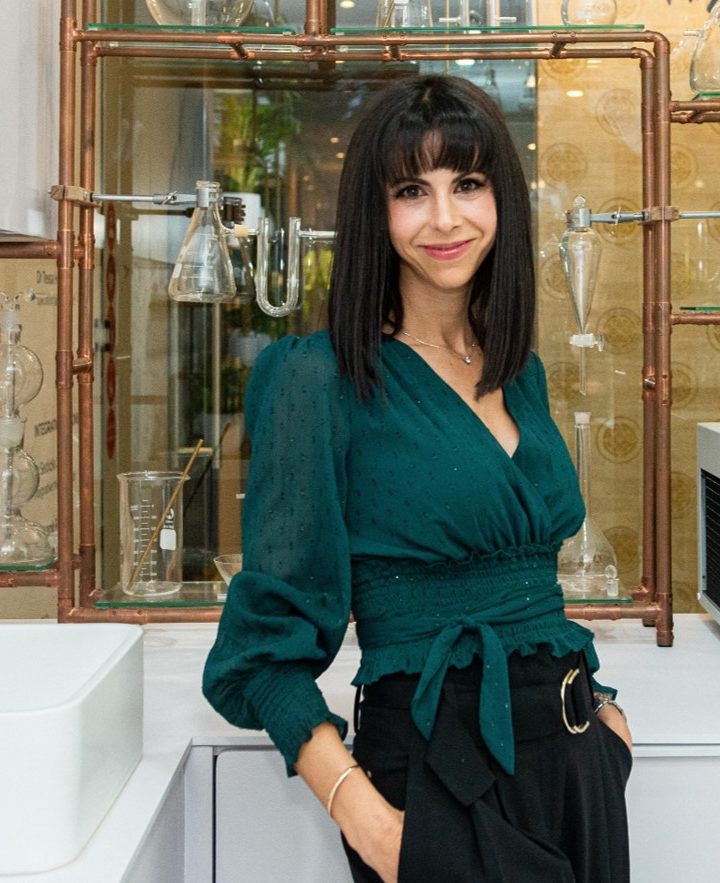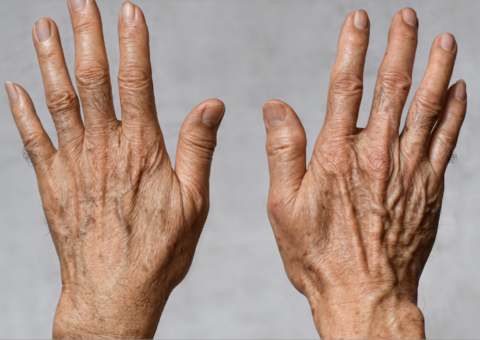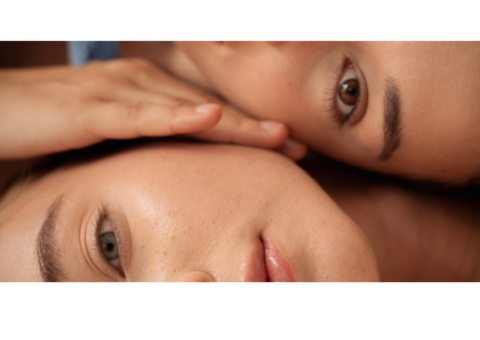Clean beauty sounds like a trend we need to be getting behind. In the era of Greta Thunberg, the climate crisis and reducing our environmental footprint – going ‘green’ and ‘clean’ are terms that resonate.
So…case closed? Sadly not. With so much confusion around what ‘clean beauty’ actually means and brands rallying to promote themselves as the ‘greenest’, ‘cleanest’ and ‘best for the planet’, we need to be taking a step back and looking at the basics.
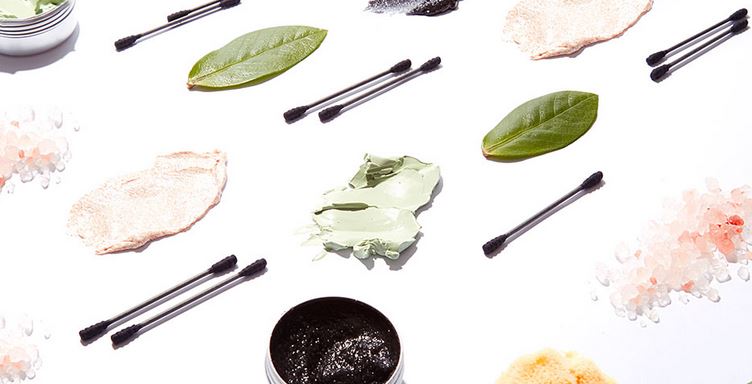
Confused what Clean Beauty means?
Yup, that’s totally understandable.
With no clear regulations around this term, it can be tricky to figure out, because “clean” and “natural” (the other word that’s become ubiquitous in beauty marketing) can mean a lot of different things. That’s because there’s still no standard definition.
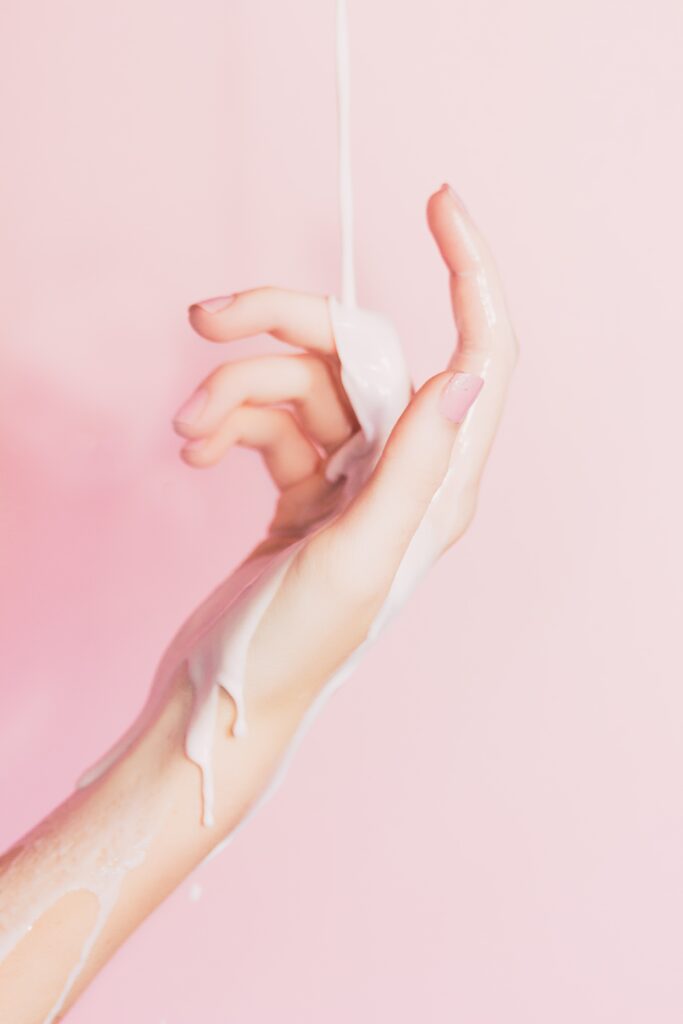
Clean beauty is more than being paraben-free.
It is skincare that is good for your skin, good for you and good for the environment.
Still confused? That’s why I prefer to talk about ‘Safe Beauty’ rather than ‘Clean beauty’. This term makes skincare brands a lot more accountable. We want to be using skincare that is safe regardless of whether it is natural or synthetic. I know it’s not as sexy a term but it is a whole lot more clear: what would you rather be putting on your skin: arsenic (natural) or hyaluronic acid (synthesized in a lab to avoid animal cruelty).
Aha – now it is looking a lot clearer. Let’s clarify further by looking at my Safe Beauty ABCs.
![]() A is for Allergic Contact Dermatitis
A is for Allergic Contact Dermatitis
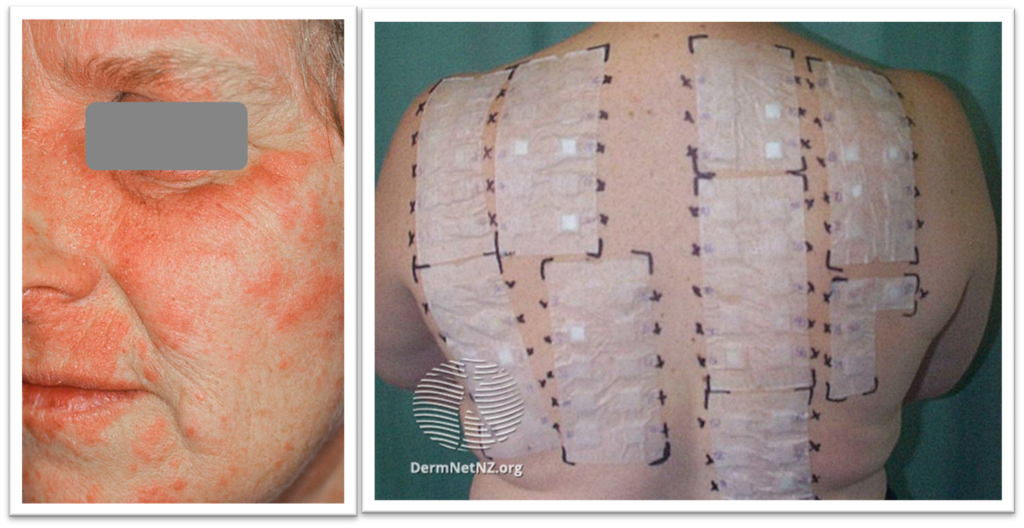
Just because you react to a cream doesn’t make it a ‘bad’ or ‘dangerous’ cream in the same way that peanuts can be beneficial for some people and cause dangerous reactions in others. But there are certain ingredients which are the ‘Usual Suspects’ when it comes to causing itchy, red and swollen skin. In this scenario, Keyser Söze would be played by ‘Fragrance or ‘Parfum’ and Kobayashi by preservatives such as imidazolidinyl urea. There is a reason why avoiding fragranced products is a golden rule for eczema patients.
![]() Top Allergens to look out for in products:
Top Allergens to look out for in products:
Fragrance or Parfum
Preservatives such as parabens, formaldehyde-releasers and imidazolidinyl urea
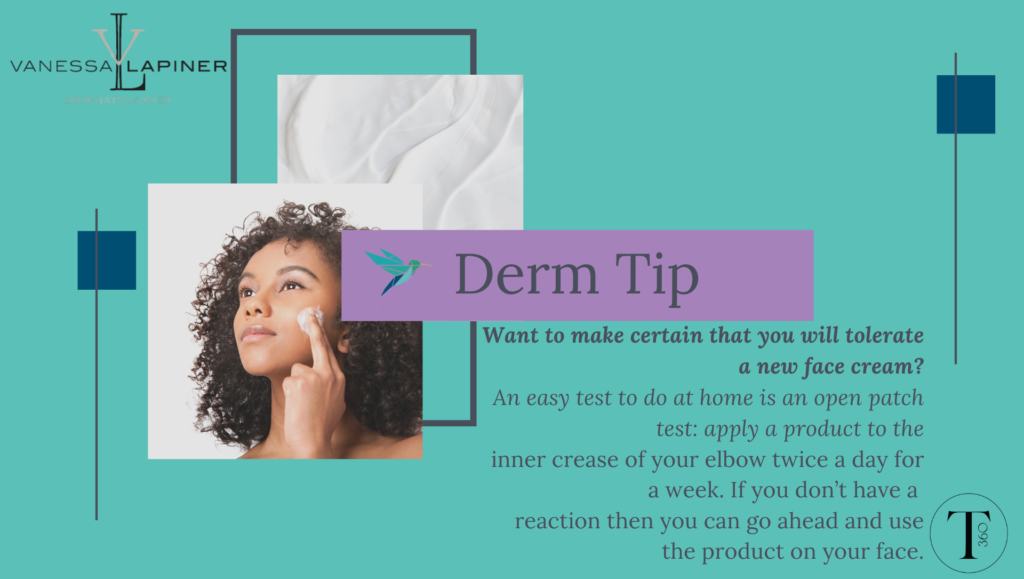
![]() B is for Barrier of the Skin
B is for Barrier of the Skin
Your skin barrier is, well…EVERYTHING. Keeping bugs and allergens OUT and your skin’s water reservoirs IN – it is the difference between healthy, radiant skin and dehydrated, red and irritated skin. We need the top layer of our skin to have a well-organised matrix of lipids, an acidic pH and a ‘happy’ balanced bacterial ecosystem to function optimally.
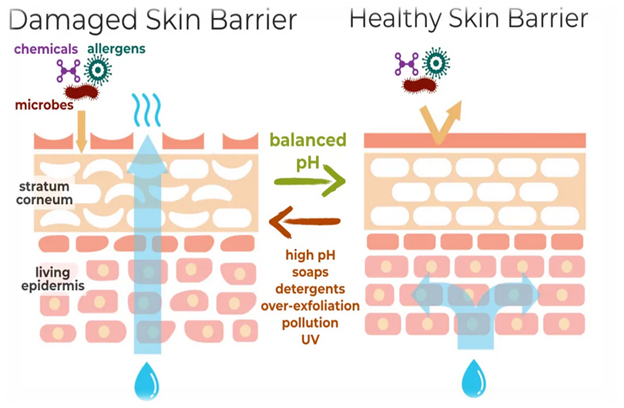
Harsh surfactants in cleansers such as sodium lauryl sulfates and sodium laureth sulfates not only denature proteins and strip the skin barrier increasing skin sensitivity but they also upset the delicate ecosystem of ‘good bacteria’ which make up our skin microbiome.
![]() Top barrier-busters to avoid
Top barrier-busters to avoid
Sodium lauryl sulfate
Sodium laureth sulfate
![]() C is for Carcinogens
C is for Carcinogens

It might sound sensationalist and something out of a conspiracy theory that our skincare ingredients could be contributing to the 21st century cancer surge but there is pretty solid evidence that certain ingredients are either contaminated with carcinogens or can themselves be carcinogenic. In the EU, petrolatum products (like Vaseline) have to be labelled as ‘carcinogen-free’ or ‘surgical-grade’ because of concerns of contamination with polycylic aromatic hydrocarbons which can cause cancer after extended periods of contact with the skin. In 2007, a study found that 22% of 15 000 products containing sodium lauryl sulfate (one of our barrier-busters above) were still contaminated with the known carcinogen 1,4-dioxane. More direct links to cancer have been seen with formaldehyde (leukemia) and formaldehyde-releasing preservatives. Parabens are another category of ingredients which have been classified a high research priority by the WHO with ongoing research into their link with breast cancer. Of note, retinyl palmitate was shown to speed up the development of skin cancer in hairless mice exposed to UV light. To be on the safe side – keep any Vitamin A products reserved for night-time use only.
![]() Potential carcinogens to avoid
Potential carcinogens to avoid
Petrolatum
PEGs or Polyethylene Glycols
Formaldehyde and Formaldehyde-releasing preservatives
Parabens
Sodium Lauryl Sulfates
![]() D is for Disrupting your Endocrine System
D is for Disrupting your Endocrine System
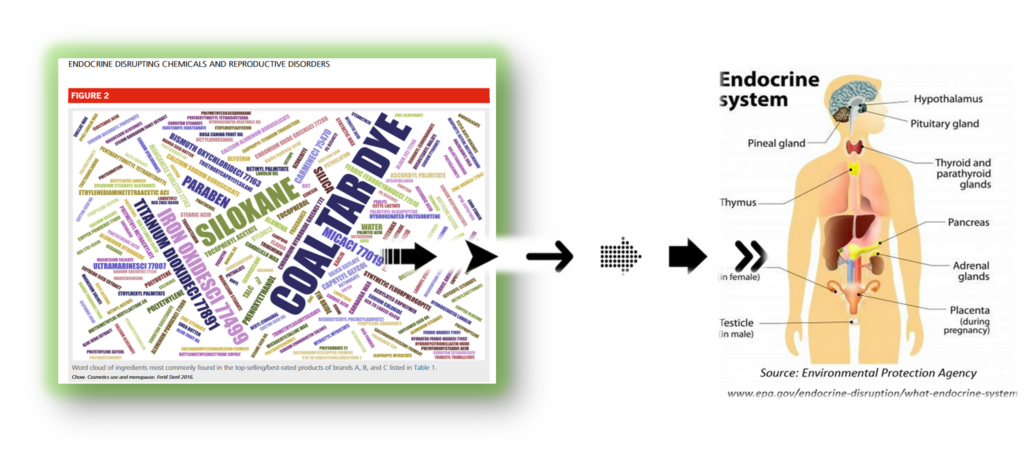
Endocrine disruption is a biggie in the ‘safe beauty’ world. Even if you are not that au fait with science, it is easy to see that parabens and chemical sunscreen filters like oxybenzone which look like this:…
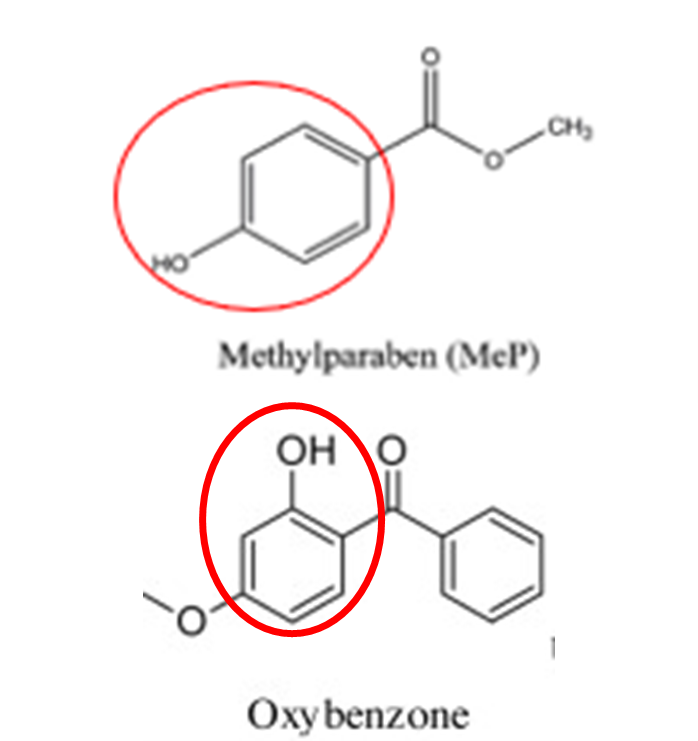
are confusingly similar to oestrogen which looks like this:
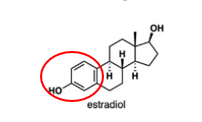
The trouble is that our body – despite how smart it is – is confused by this too! It allows these ingredients to bind to our oestrogen receptors and effectively act like oestrogen.
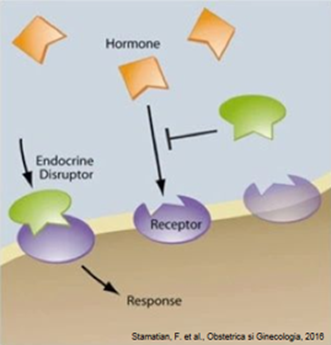
Other ingredients like phthalates in all fragranced products, bind to testosterone receptors and block them. Another chemical filter, octinoxate, has concerns when it comes to affecting our thyroid hormones. So with a question mark over whether certain ingredients are contributing to oestrogen-sensitive cancers and infertility – best to avoid until we have definitive proof that this is not the case.
![]() Top endocrine-disruptors to avoid
Top endocrine-disruptors to avoid
Parabens
Phthalates
Oxybenzone
Octinoxate
![]() E is for Environment
E is for Environment
Think about your daily routine: what you’re applying on your skin, and how you will wash it off at the end of the day, rinsing your products down your drain. Think about products absorbed through your skin which are then excreted in urine contaminating our water supplies. Our waste treatment processes struggle to remove certain chemicals which means they can then re-enter the water supply as effluent with the rest then contaminating our ocean.

When we choose safe, clean formulas for our skin, we’re also choosing safe and clean formulas for the environment.
Environmental no-nos include microbeads in exfoliating agents which are plastic particles less than 5mm in size which don’t degrade or dissolve in water. They also include oxybenzone, a chemical filter in sunscreen, which has been shown to be contributing to coral bleaching. 25% of sunscreen applied to the skin is washed off within 20 minutes of swimming releasing up to 6000 tons of sunscreen into coral reefs around the globe each year.
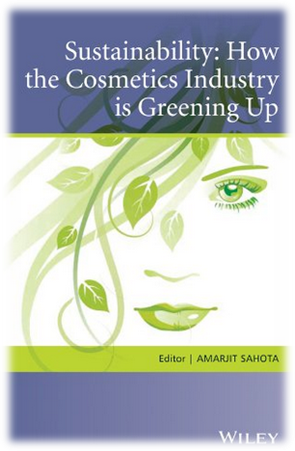
Environmental consciousness is necessary to reduce our footprint on earth. This means finding ingredients from renewable resources, manufactured by environmentally friendly processes with biodegradable or recyclable packaging.
![]() Top environmental no-nos
Top environmental no-nos
Microbeads
Oxybenzone
Ingredients from non-renewable resources such as petrolatum and mineral oils
So that sums up what we should be asking ourselves when using a product: am I going to react to it, is it going to disrupt my barrier, is it potentially carcinogenic, will it mess with my hormones and is it damaging the environment. Think twice if you can answer yes to any of those questions.



